International Mountain Day 2020 Urges to Save the Spectacular Biodiversity of These Threatened Landscapes
Mountains are among the most fascinating landscapes of this planet – they are home to 15 percent of the world’s population and host about half of the world’s biodiversity hotspots. They provide freshwater for everyday life to half of the planet. The snow-capped peaks of the majestic Himalayas and various other mountain ranges have inspired mountaineers from all over the world for many years. But human activities and pollution have affected these spectacular landscapes drastically, and changing climatic patterns have also impacted them severely.
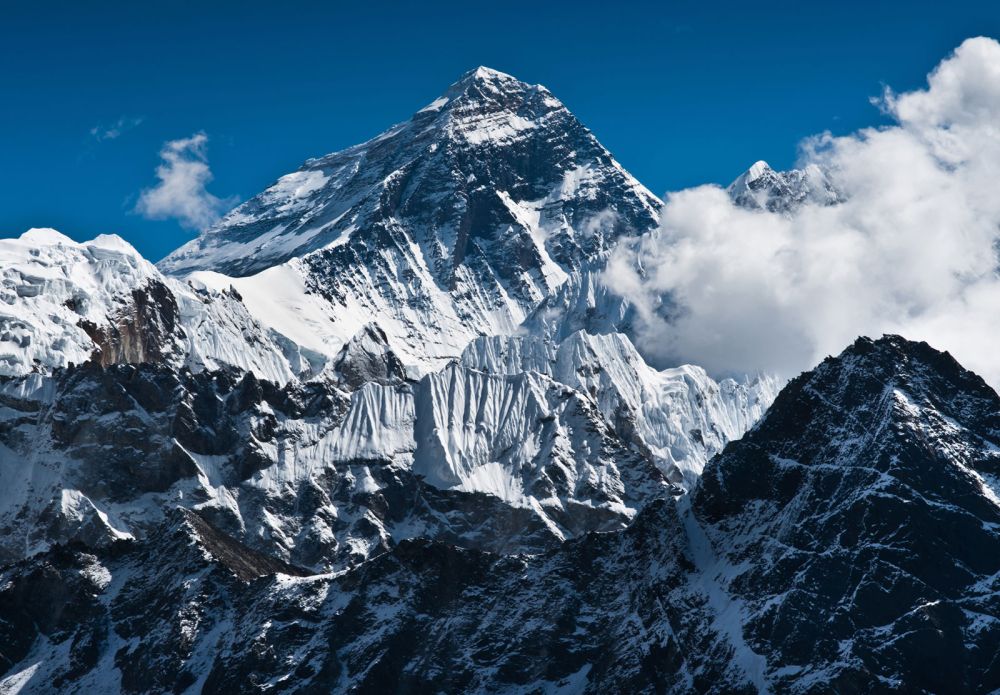
Mount Everest | Image: Arsgera/Britannica
As the global climate continues to warm, populations residing in mountainous regions are facing even greater struggles to survive. The rising temperatures are prompting the melting of mountain glaciers at unprecedented rates and affecting freshwater supplies downstream for millions of people.
International Mountain Day 2020
The increasing attention to the importance of mountains led the UN to declare 2002 the UN International Year of Mountains. The first International Mountain Day was celebrated for the first time the following year, 2003. Since then every December 11 is celebrated as Mountain Day throughout the world.
These seeds for mountain preservation were sown in the year 1992, when the document “Managing Fragile Ecosystems: Sustainable Mountain Development” was adopted as part of the action plan Agenda 21 of the Conference on Environment and Development.
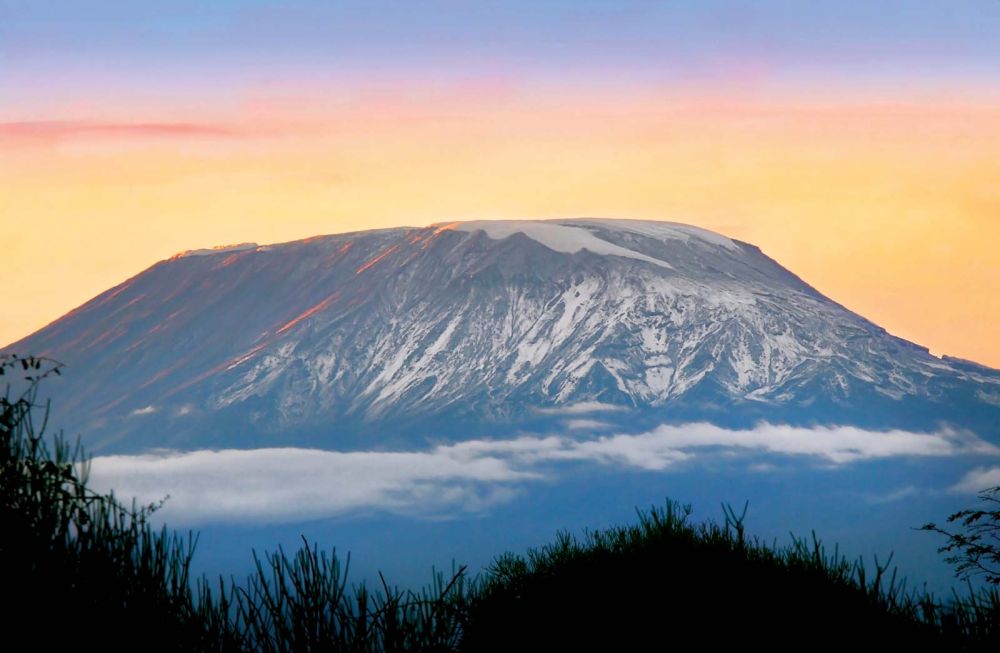
Mount Kilimanjaro, Tanzania | Image: Anna Omelchenko/Britannica
On this day, all mountain and nature lovers commit to discuss and act on the best way to conserve the fragile mountain environment. It is specially designed to acknowledge and celebrate the rich biodiversity and address the threats that the mountains face.
The theme of the International Mountain Day 2020 is “mountain biodiversity.” These landscapes are threatened by climate change, global warming, poor farming practices, logging, commercial mining and poaching have taken a heavy toll on mountain biodiversity. Plastic pollution also threatens the fragile environment.
Mountain Biodiversity
Biodiversity includes a variety of ecosystems, species and genetic resources, and mountains have many endemic varieties. The distinguished topography in terms of altitude, slope and exposure in mountains provides prospects to grow an array of high-value crops, horticulture, livestock and forest species.
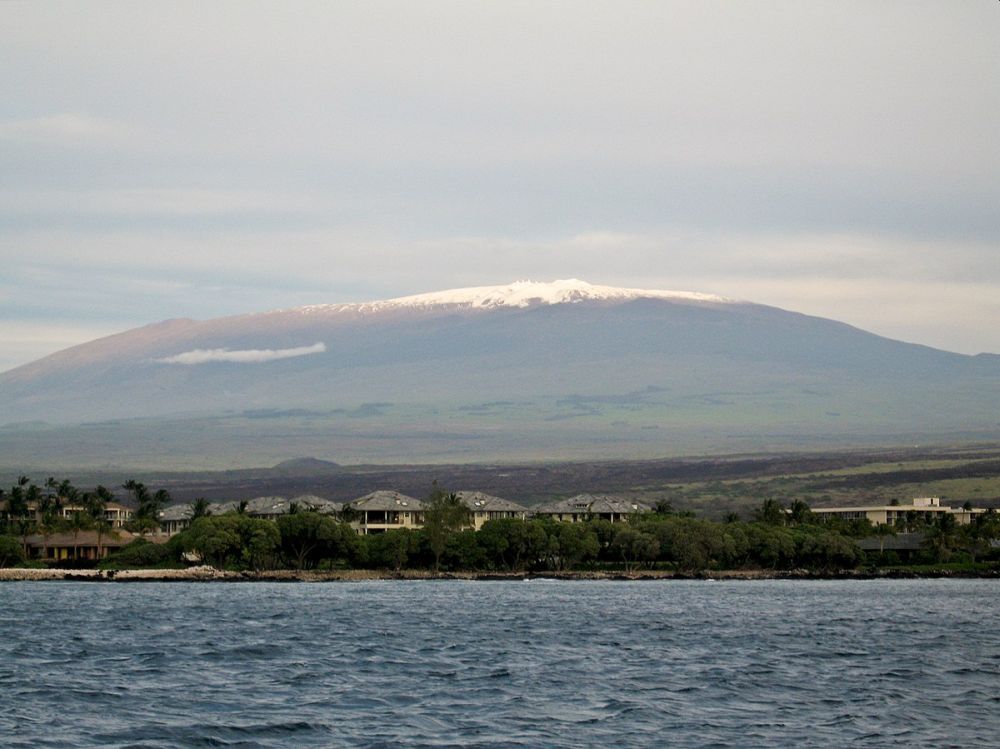
Mauna Kea volcano of Hawaii | Image: Vadim Kurland
Mountains cover about 27 percent of the earth’s surface. This biodiversity provides us with food, medicinal plants and maintains the quality of water, soil and air for the planet. The sustainable management of mountain biodiversity is increasingly recognized as a global priority.
The observation of International Mountain Day every year gives an opportunity to raise awareness about protecting mountain biodiversity, as these ecosystems are under immense pressure from climate change, overexploitation and various iterations of pollution.
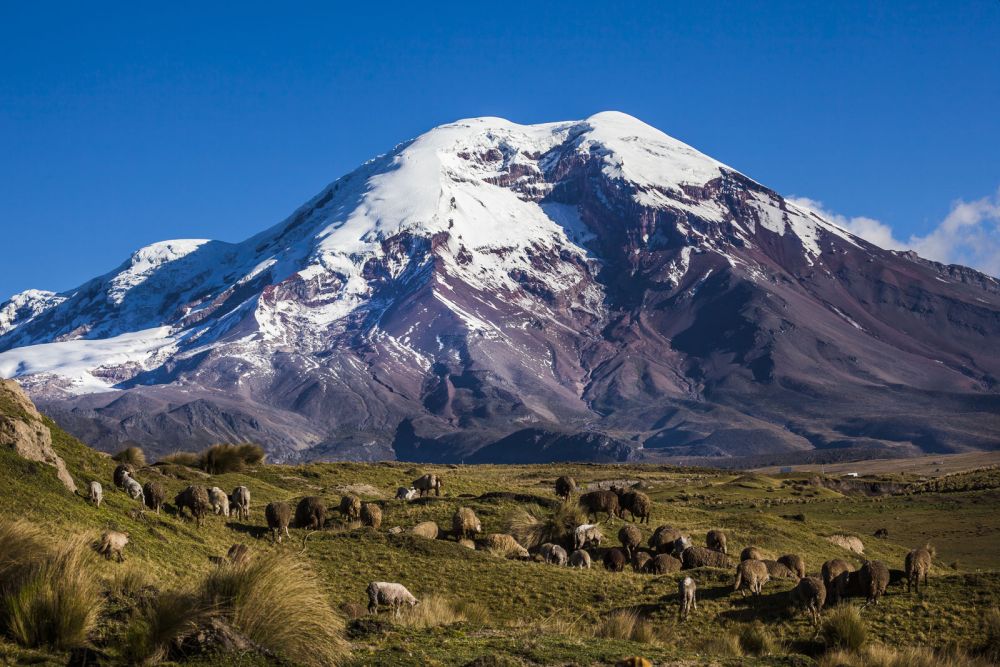
Chimborazo mountain, Ecuador | Image: Patricio Hidalgo/Britannica
The sustainable management of mountain biodiversity has been ever more recognized as a global priority. Sustainable Development Goal 15, target four, is dedicated to the conservation of mountain biodiversity in the thoughtfulness of its global significance.
Biodiversity in all ecosystems is in focus, as the UN has declared 2021 to 2030 the UN Decade on Ecosystem Restoration and governments prepare to negotiate the post-2020 global biodiversity framework for adoption this year at the 15th meeting of the Conference of the Parties (COP 15) to the Convention on Biological Diversity (CBD).
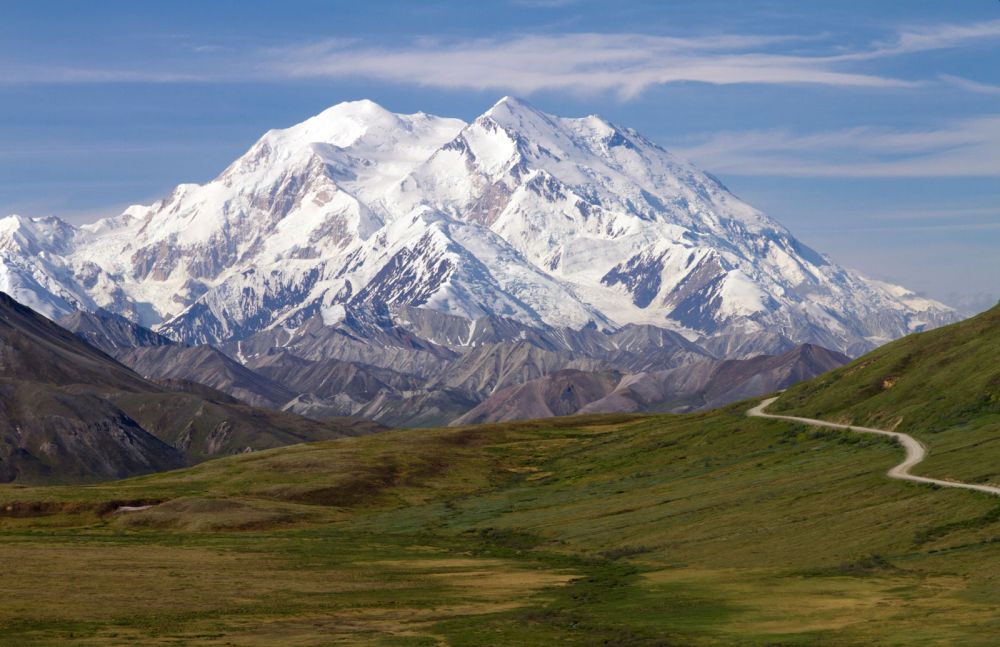
Denali (Mount McKinley), south-central Alaska, U.S. | Image: Peter Nile/Britannica
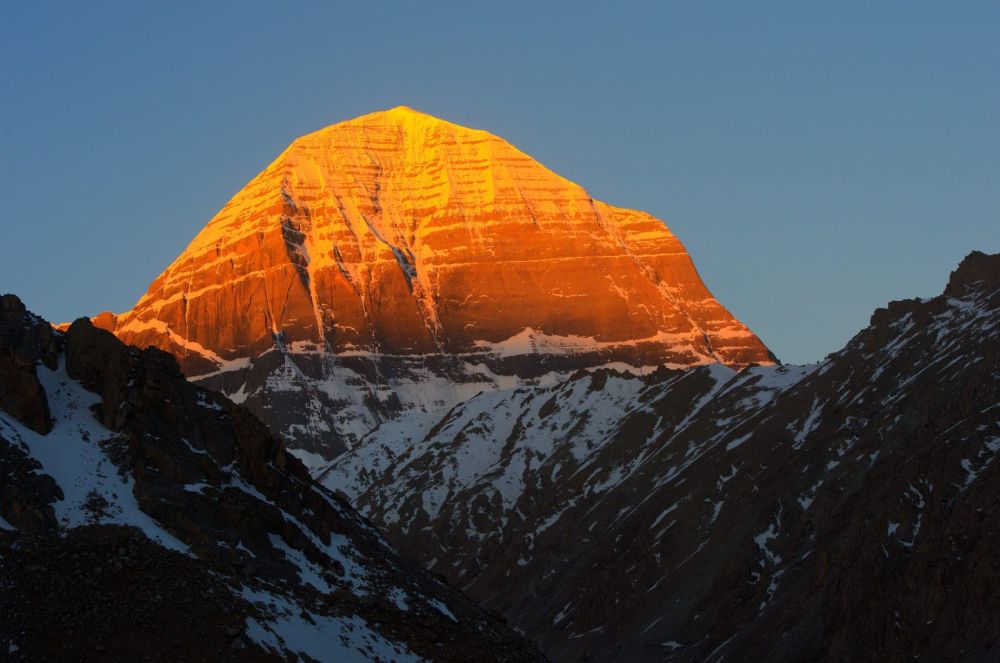
Mount Kailash | Image: Alexander Mandl
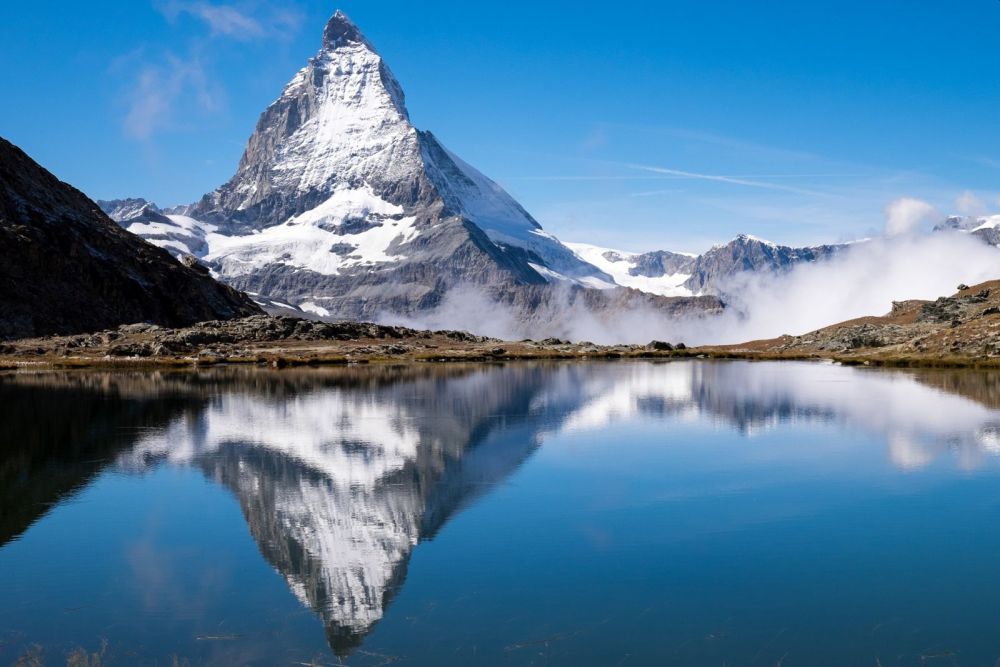
The Matterhorn in the Alps | Image: Daniel DeSlover